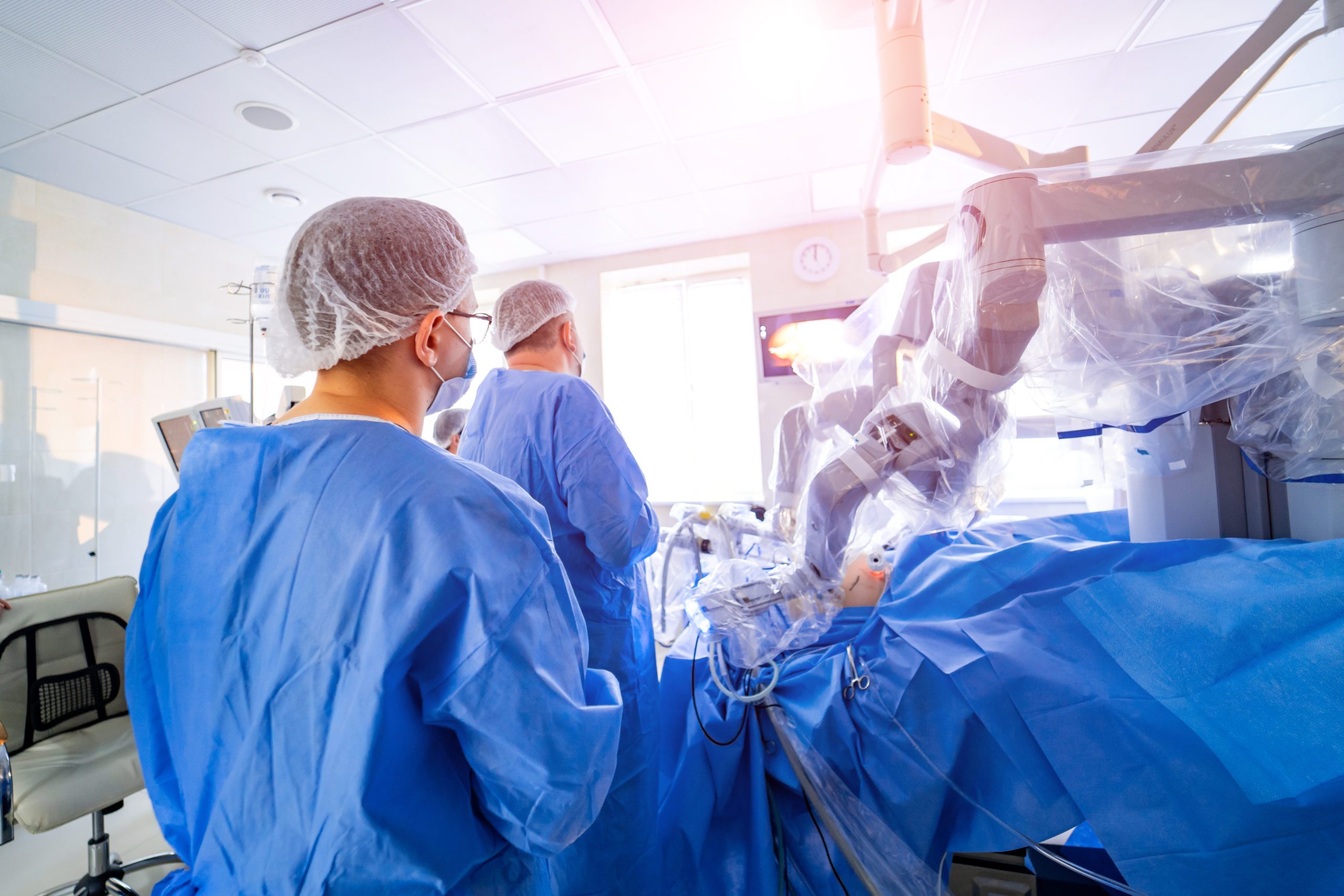1668A, 14th Main Rd, Sector 7, HSR Layout, Bengaluru, Karnataka 560102
+91 99459 30733 (9am - 6pm IST, Saturday - Sunday) (10am - 7pm IST, Tuesday - Friday)

Robotics is transforming healthcare in ways that were once the stuff of science fiction, offering precision, efficiency, and innovation across various medical fields. From intricate surgeries to patient rehabilitation, robotics is pushing the boundaries of what is possible in medicine.
1. Surgical Robotics: Precision and Minimally Invasive Procedures
Robotic surgery has become a cornerstone of modern medicine, particularly with systems like the Da Vinci Surgical System. These robots assist surgeons by providing enhanced precision, flexibility, and control during operations. For example, in laparoscopic surgeries, robots can make smaller incisions, leading to reduced pain, quicker recovery times, and less scarring for patients. They also allow surgeons to perform complex procedures remotely, bringing advanced healthcare to areas lacking specialist surgeons.
Da Vinci Surgical System : One of the most widely used robotic platforms, allowing for minimally invasive surgery with greater precision.
Mazor Robotics : Used for spinal surgeries, helping to enhance accuracy in placing screws and reducing complications.
2. Rehabilitation Robotics: Assisting Recovery and Mobility
Rehabilitation robots are designed to aid in the recovery of patients suffering from strokes, spinal cord injuries, or other disabling conditions. These robots help patients regain strength, mobility, and coordination by guiding them through repetitive exercises that would be difficult or impossible for a human therapist to perform continuously.
Exoskeletons : Robotic exoskeletons like Ekso Bionics help paraplegic patients walk again by providing support and mobility to their legs.
Rehabilitation Robots : Devices like Armeo and Lokomat assist in upper and lower limb rehabilitation, offering guided exercises tailored to patient needs.
3. Robots in Diagnostics: Enhancing Accuracy
Robotics also plays a significant role in diagnostics, especially in imaging and laboratory settings. Robots can handle delicate tasks such as drawing blood, preparing lab samples, and even performing precise biopsies. Additionally, imaging robots provide better control and higher resolution for diagnostic procedures like endoscopies and ultrasounds.
Biopsy Robots : Robotics in biopsies helps in targeting tumors or abnormal tissue more accurately, leading to more effective diagnosis and treatment.
Imaging Assistants : Robotic arms are used in combination with MRI and CT scanners to position patients more precisely, enhancing image quality.
4. Pharmacy Automation: Efficient Medication Management
Robots are also revolutionizing pharmaceutical care. Automation in pharmacies helps with the accurate dispensing of medications, reducing human error and ensuring that patients receive the correct dosages. Robots in hospital pharmacies can also handle repetitive tasks like sorting, counting, and packaging medications.
Pill Dispensing Robots : Robots like RIVA automate the compounding of IV medications, ensuring sterility and precision in dosing.
Medication Delivery Robots : Systems like Tug can autonomously transport medications and supplies across hospitals, freeing up staff for patient care.
5. Telemedicine and Remote Care
Robotic systems are enabling remote healthcare, allowing doctors to diagnose and treat patients from a distance. Telepresence robots enable virtual consultations, while robotic arms can perform procedures under the guidance of a remote surgeon. This is especially beneficial in rural or underserved areas, where access to specialized healthcare might be limited.
InTouch Health Robots : These allow doctors to remotely diagnose and monitor patients in emergency situations, such as stroke victims.
Remote Surgery : Surgeons can operate on patients miles away using advanced robotic systems, broadening access to quality care.
Conclusion
Robotics is undoubtedly reshaping the landscape of healthcare, offering innovative solutions to some of the most challenging aspects of medicine. From the operating room to rehabilitation centers, robots are enhancing the precision of surgeries, assisting in patient recovery, and improving diagnostic accuracy. As technology continues to advance, the role of robotics in healthcare will only grow, making medical care more efficient, accessible, and effective for patients around the world.
Future Directions
The future of robotics in healthcare holds immense potential, with developments in AI and machine learning promising to make medical robots even more autonomous and capable. As these technologies mature, we can expect to see robots taking on even more roles in healthcare, potentially including personalized medicine and AI-driven diagnosis and treatment.
Robotics is revolutionizing healthcare by making treatments safer, faster, and more accurate, ultimately improving patient outcomes and the quality of care.
Soumya is an electronics engineer and is a robotics instructor at Roboprenr and has taught hundreds of students in her profession. She likes to explore the field of robotics, IoT and embedded systems and share her knowledge with the students and readers.